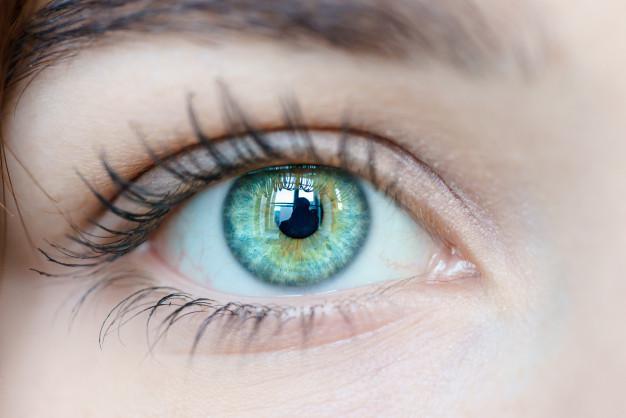
Sometime after you celebrate your 50th birthday, it’s more than likely you’ll develop cataracts. According to the National Eye Institute, you have more than a 50% chance that you’ll either have a cataract or have already undergone cataract surgery, by the time you celebrate your 80th birthday. An age-related condition that causes a clouding of the lens in your eye, cataracts require surgery if you want to see clearly again.
Here at Beverly Hills Institute of Ophthalmology, our highly regarded ophthalmologists routinely perform state-of-the-art cataract surgery to restore vision for men and women in Beverly Hills and Torrance, California. Our patients even include television and movie stars, like well-known actress, Florence Henderson. If you need cataract surgery so you can see clearly again, here’s what to expect before, during, and afterward.
Before cataract surgery
Before cataract surgery, your vision with cataracts typically becomes cloudy, and colors appear less vibrant. If not treated, cataracts may continue to increase in size, leading to vision loss and eventually blindness. Since cataracts cloud the lens inside your eye, wearing glasses no longer helps you see clearly.
Losing your vision can be a frustrating or even frightening experience. However, with today’s advanced laser technology and the expertise of our skilled ophthalmologists at Beverly Hills Institute of Ophthalmology, removing cataracts from your eye and replacing your lens with a new, clear one, is a relatively simple and effective in-office procedure.
You may be a good candidate for cataract surgery
If you have any of the following vision problems, you may be a good candidate for cataract surgery:
- Clouded or blurred vision
- Sensitivity to light
- Difficulty reading or watching TV
- Dim, dingy appearance of colors
To prepare, we’ll carefully examine your eyes, discuss your overall health, and evaluate the size and location of your cataracts. We also measure your eye to determine the best type of intraocular lens (IOL). During cataract surgery, the new IOL replaces your natural lens so you can see clearly, often without the need for glasses.
Before undergoing cataract surgery, you may also need to stop taking certain medications, and begin using antibiotic eye drops to minimize your risk of infection from the surgery.
Choosing your IOL
Based on your vision needs, we select the IOL that’s best for you. You won’t see or feel your new lens once it becomes a permanent part of your eye, but you’ll have improved vision. Some of the available IOLs include:
- Monofocal IOLs to correct either nearsightedness or farsightedness
- Multifocal IOLs to correct both nearsightedness and farsightedness with a single lens
- Astigmatism (toric) IOLs to eliminate astigmatism so you can see clearly far away
With a new IOL, many people see even better than before undergoing cataract surgery, since the implanted corrective lens often reduces or eliminates your need for glasses.
During cataract surgery
During surgery, we use a local anesthetic to numb your eye so you won’t feel anything during the procedure. You’ll be awake during surgery, but you won’t be able to see what’s happening in your eye. Our ophthalmologists at Beverly Hills Institute of Ophthalmology perform cataract surgery using a state-of-the-art femtosecond laser.
First, we create a tiny incision in your eye with the laser near the edge of your cornea, and then emulsify the cataract and your natural lens using ultrasound. We remove the emulsified material of your old lens through the tiny incision and install your new, clear intraocular lens. This part of the procedure takes about 15 minutes, but you’ll be in the office longer to prepare your eye for surgery and afterward for a brief recovery period.
After cataract surgery
Once your new IOL is in place, it becomes a permanent part of your eye and provides improved vision for the long term. You won’t be able to drive right away, so be sure to arrange for a friend or family member to take you home.
Your vision may be blurry at first as your eye adjusts to your new lens and heals from surgery. Colors may appear brighter immediately following surgery, since cataracts typically make colors look dim and dingy. You’ll return for an eye exam a day or two after cataract surgery so we can monitor your progress.
The first few days after surgery your eye may feel itchy or irritated, but that’s completely normal. You may need to wear a protective shield over your eye for a few days while you sleep. You’ll use eye drops as your doctor prescribes, and you should be careful not to rub your eye or do any strenuous activities for about a week.
It can take about a month to fully recover from cataract surgery, but you’ll notice a difference in your vision very soon after surgery, usually within a few days.
If you’ve been diagnosed with cataracts, or you’re having any of the symptoms, cataract surgery can make a big difference in your ability to see the world clearly again. For many adults, it’s like a breath of fresh air to finally be able to view the world through a crisp, clear lens.
Find out if cataract surgery is right for you. Call the office to schedule a consultation or click the blue button on this website to request an appointment.

